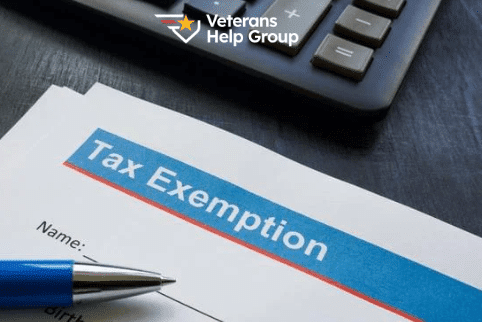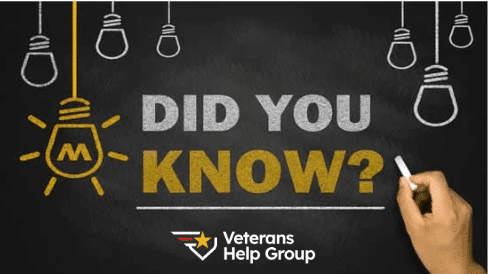Table Of Contents
Veteran’s Risk for Hepatitis C?
The VA reports an unusually high rate of hepatitis C in the United States veterans. Approximately 230,000 veterans are infected with it and there is an estimated 50,000 more who carry the virus without knowledge.
Statistics show that people born between 1945 and 1962 make up the largest group of people affected by hepatitis C. Coincidentally, this is also the generation which consists of many veterans who served in heavy combat wars, such as the Vietnam War. The high incidence rate likely has to do with the following factors:
- Exposure to blood during combat
- Receiving blood transfusions before blood products were screened
- Unsafe immunization techniques
- Large battle wounds
What is Hepatitis C?
Hepatitis C is a virus which causes inflammation of the liver and can lead to serious liver damage. It spreads through contact with infected blood or contaminated needles, razors, or other similar items.
Early symptoms of hepatitis C include: mild abdominal discomfort, fatigue and joint pains. People can often go years without knowing they have it. Over time, the virus can cause more serious problems such as cirrhosis and liver cancer.
How to Get VA Disability Rating?
To establish a service connection for hepatitis C veterans must demonstrate: (1) a current diagnosis of FSAD; (2) an in-service event, injury, or illness; and (3) a medical link between the current diagnosis and in-service event
How is Hepatitis C Rated?
| Rating | Symptoms |
| 100% | Near constant debilitating symptoms (fatigue, malaise, nausea, vomiting, anorexia, arthralgia, and right upper quadrant pain) |
| 60% | Daily fatigue, malaise and anorexia with substantial weight loss and hepatomegaly; OR incapacitating episodes having a total duration of at least 6 weeks during the past 12-month period, but not occurring constantly |
| 40% | Daily fatigue, malaise, and anorexia with minor weight loss and hepatomegaly; OR incapacitating episodes having a total duration of 4-6 weeks during the past 12-month period |
| 20% | Intermittent fatigue, malaise, and anorexia, requiring dietary restriction or continuous medication; OR incapacitating episodes having a total duration of at least 2-4 weeks during the last 12-month period |
| 10% | Intermittent fatigue, malaise, and anorexia; OR incapacitating episodes having a total duration of 1-2 weeks during the past 12-months |
| 0% | Non-symptomatic |
Veterans Help Group have been supporting veterans in getting the benefits they deserve since 1995. If you or a loved one served, and suffer from hepatitis c, we are here to help. Call Veterans Help Group at 855-855-8992 or complete our free veterans benefits case evaluation form.

VA Disability Benefits and Tax Exemptions: What You Should Know
VA Disability Benefits and Tax Exemptions: What You Should Know Written by: Schuyler Swanton,...

Veterans Help Group In The Community
Veterans Help Group in the Community Written by: Bobbi Boudi, Director of Community Outreach, Amy...

The Veterans Appeals Efficiency Act of 2025
The Veterans Appeals Efficiency Act of 2025 Several bills are currently pending in Congress that...





